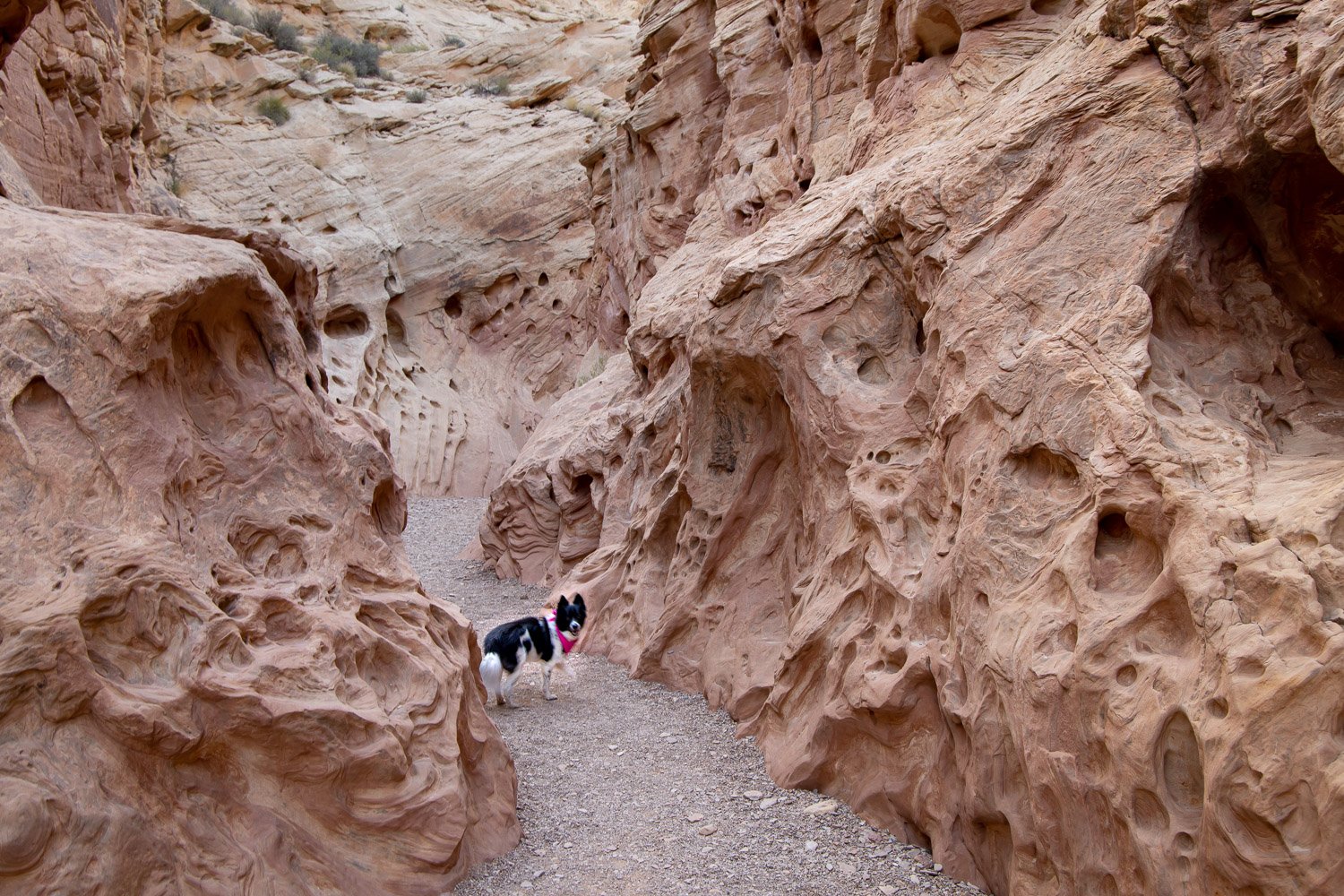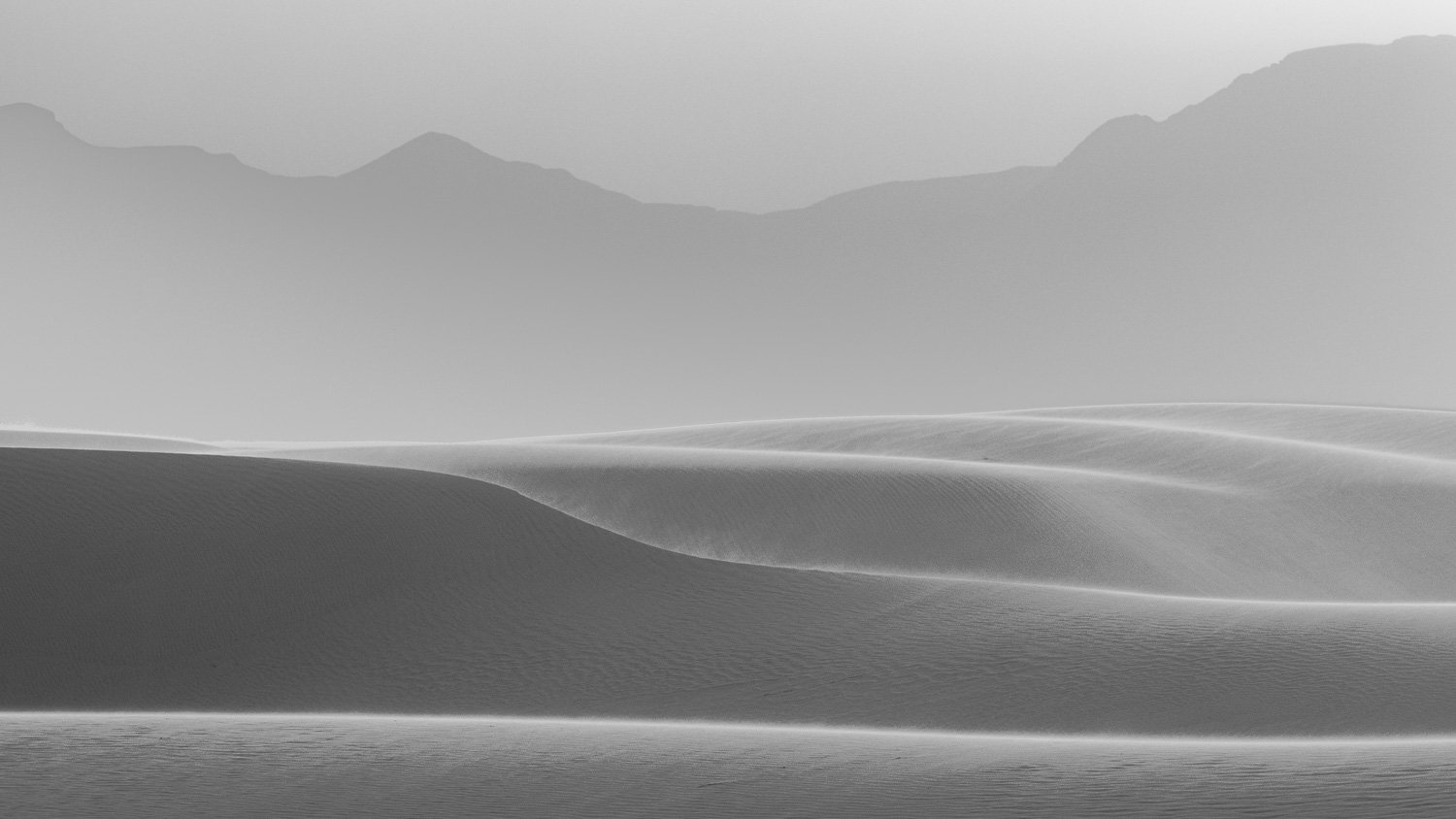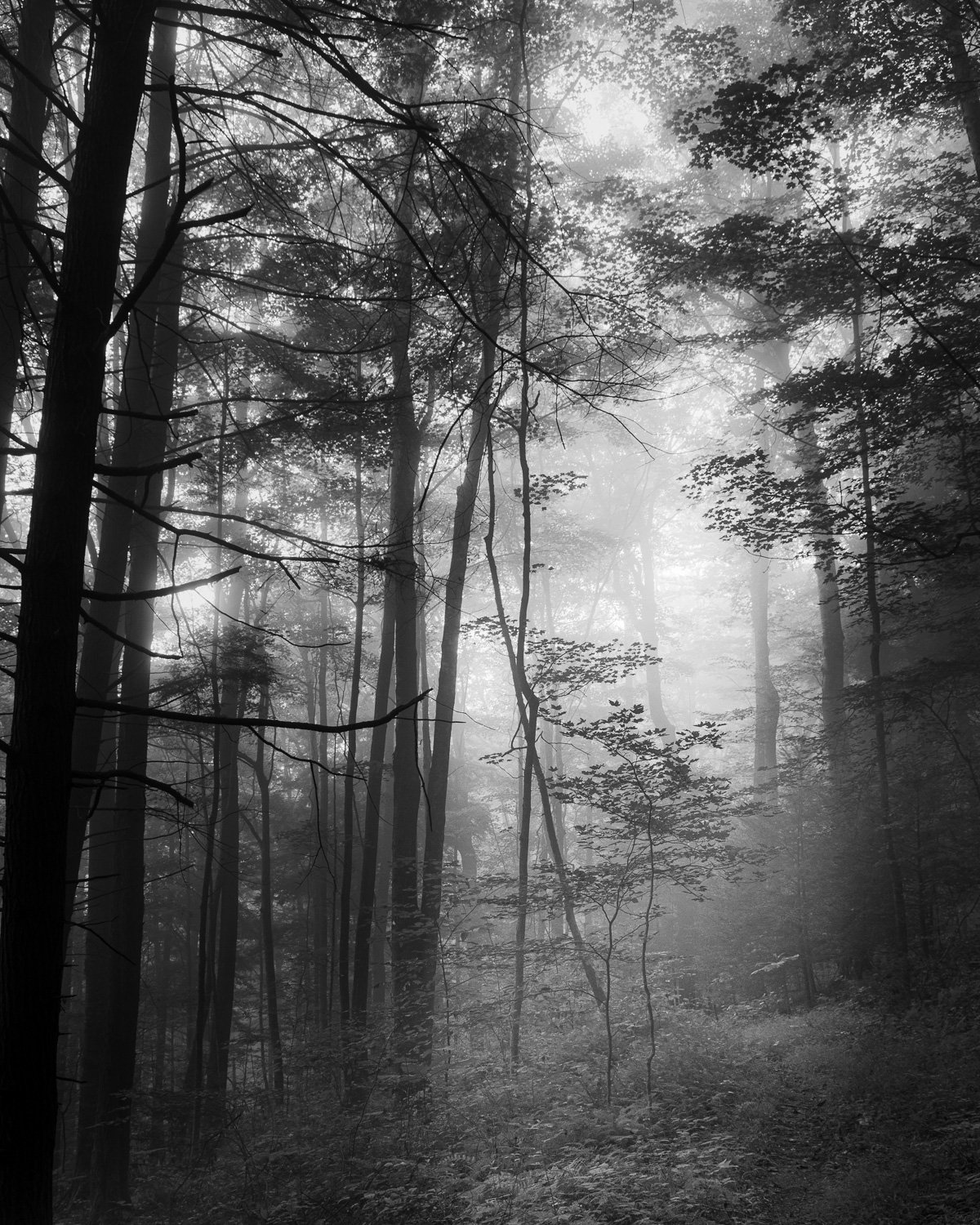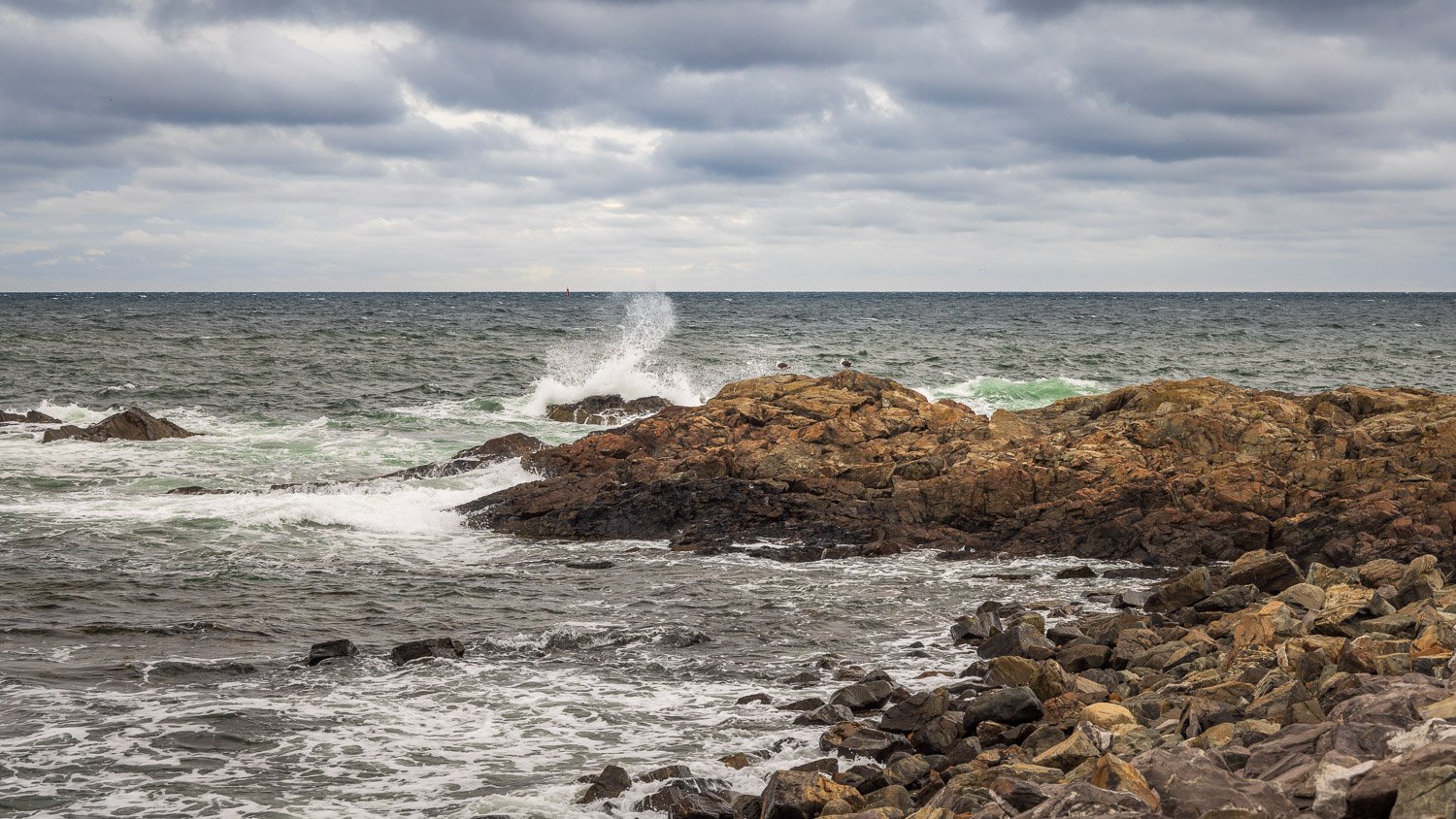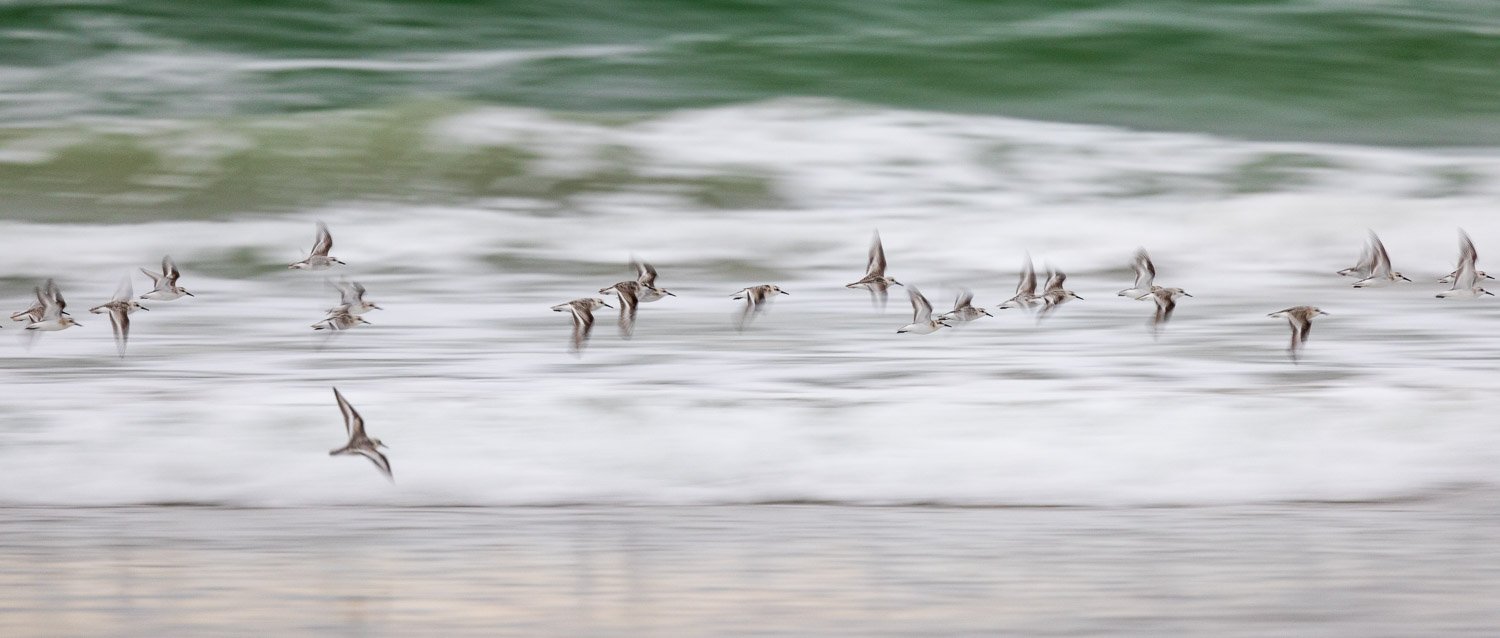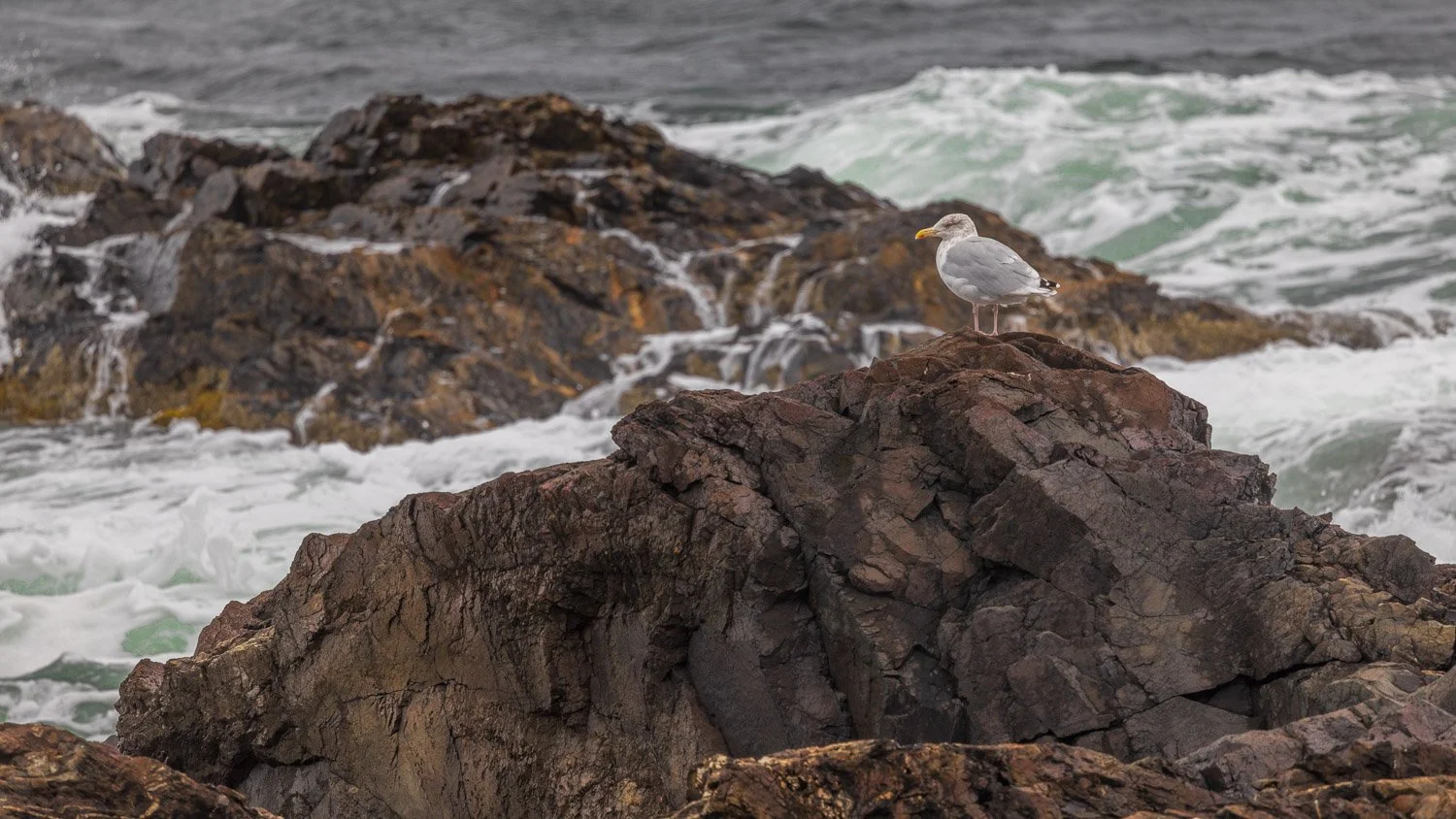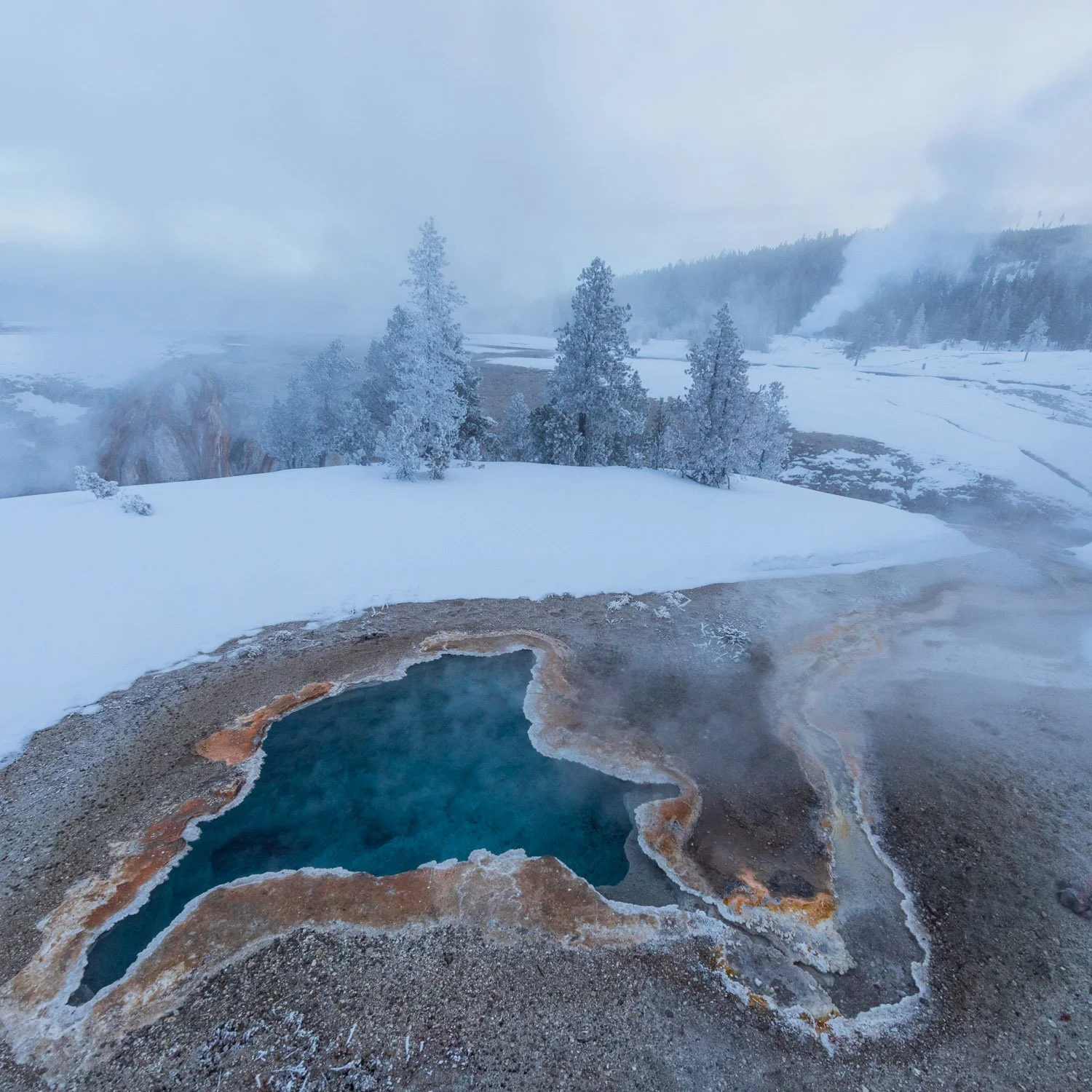Tucked between Canyonlands and Capitol Reef National Parks in south central Utah is the San Rafael Swell. The Swell is dome of sandstone, limestone and shale about 40 by 75 miles and has been carved and eroded with canyons, mesas and buttes. We camped near the trailhead for Little Wild Horse Canyon and hiked in before dark.
The wash that flows out of the canyons provides enough moisture to support some large cottonwood trees. The next morning we’d take another hike in Goblin Valley State Park that is behind the ridge seen in the distance in the image above. As the trail heads up into the swell, the canyon begins to narrow.
Eventually, the trail leads to the entrances for two slot canyons. Bell canyon breaks off to the left, and we went right to Wild Horse Canyon. If you have time, you could take either canyon to its end and loop over and return up the other for an eight mile hike.
The water has cut fantastic shapes and textures into the canyon walls. Though there’s a small bit of scrambling on some rocks, it is in no way a technical hike and you’re not going to get stuck with a boulder on your arm.
The trail gets narrower and walls get higher. The trail can be popular, but we had the evening walk all to ourselves.
Before getting too far up the canyon, we turned around to get back to camp before dark, especially since we’d need to get an early start for Goblin Valley State Park the next morning.
Before the sun rose, the waning moon, Venus and Jupiter peaked over the ridge in the east.
The sun soon followed and danced behind the figures in Goblin Valley.
The cold morning would warm up quickly but the snow still lay on the La Sal Mountains in the distance. The waves from the ancient sea bed seemed to crash around.
The valley was filled with sandstone eroded into fantastic shapes. This, too, can be a popular area, but our early start meant we had the place to explore on our own until we headed back and others began to hike among the goblins.
Chance found some of the shapes to be comfortable places to rest before we’d head back to car and explore some rough roads into and around the San Rafael Swell and other fantastic formations on our way toward Capitol Reef National Park.



